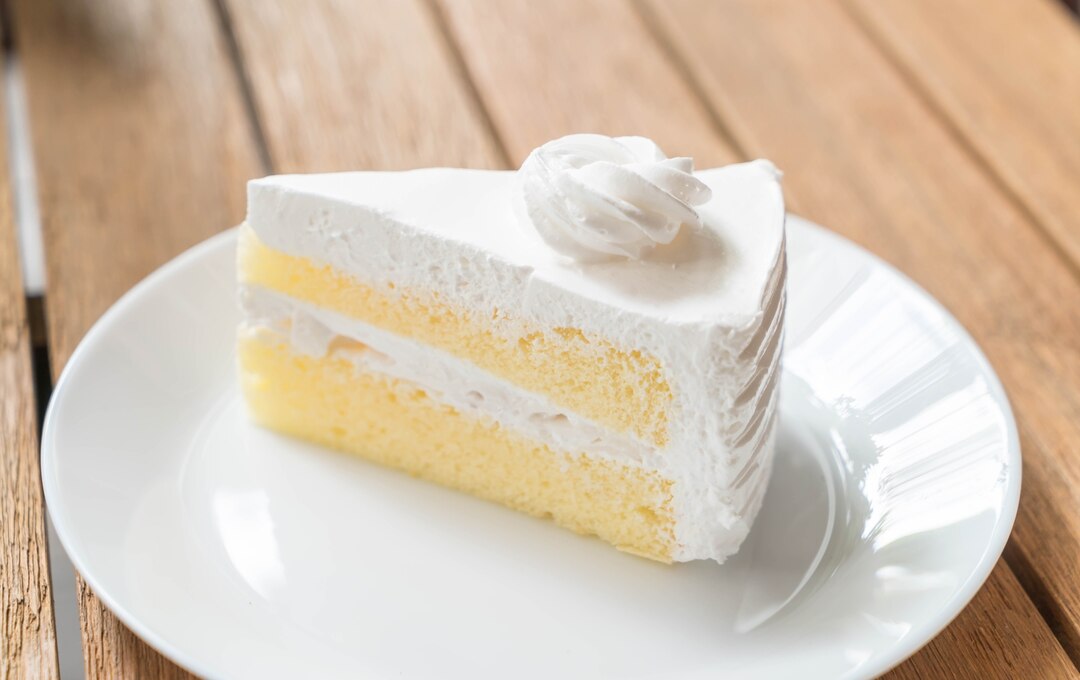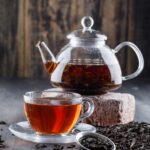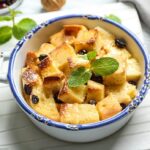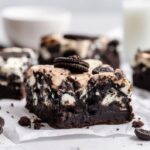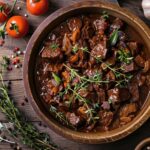Buttercream cakes are a timeless classic in the world of baking, beloved for their smooth texture, delicious taste, and endless decorating possibilities. Whether you’re a baking enthusiast or someone planning a special occasion, here are ten things you should know about buttercream cakes.
- What is Buttercream?
Buttercream is a type of icing or frosting made primarily from butter and powdered sugar. It can be flavored with various extracts such as vanilla, chocolate, or fruit essences, resulting in a creamy and smooth texture. - Types of Buttercream:
There are several types of buttercream, including American buttercream, Swiss meringue buttercream, Italian meringue buttercream, and French buttercream. Each type has its unique characteristics in terms of flavor, texture, and ease of preparation. - Versatility in Decoration:
Buttercream cakes offer endless possibilities for decoration. They can be piped into intricate designs, smoothed for a sleek finish, or adorned with flowers, rosettes, and other decorative elements. The versatility of buttercream makes it a favorite choice for weddings, birthdays, and other special occasions. - Texture and Consistency:
The texture of buttercream can vary depending on the type and ratio of ingredients used. American buttercream tends to be sweeter and slightly grainy, while Swiss and Italian meringue buttercream are smoother and silkier in texture. French buttercream is rich and velvety, with a delicate flavor. - Stability and Shelf Life:
Buttercream cakes are generally stable at room temperature for several hours, making them suitable for events and celebrations. However, buttercream can become soft or melt in hot weather, so it’s essential to store cakes in a cool environment or refrigerate them if necessary. - Flavor Options:
Buttercream can be flavored in countless ways to suit your taste preferences. Popular flavorings include vanilla, chocolate, coffee, citrus, almond, and various fruit extracts. You can also add ingredients like cocoa powder, melted chocolate, or fruit purees for additional flavor depth. - Crumb Coating:
Before applying the final layer of buttercream, many bakers use a crumb coat—a thin layer of frosting that seals in any loose crumbs on the cake’s surface. This initial coat provides a smooth base for the final layer of frosting and ensures a professional-looking finish. - Filling Options:
Buttercream cakes can be filled with a wide range of fillings to add moisture and flavor to the layers. Popular fillings include fruit preserves, curds, ganache, whipped cream, and flavored buttercream. The filling options are limited only by your imagination. - Storage and Serving:
Buttercream cakes should be stored in a cool, dry place away from direct sunlight. If refrigerated, they should be brought to room temperature before serving to allow the buttercream to soften slightly. Leftover cake can be stored in an airtight container in the refrigerator for several days. - DIY vs. Professional:
While buttercream cakes can be made at home by amateur bakers, achieving a flawless finish often requires practice and patience. Many people opt to order buttercream cakes from professional bakeries for special occasions to ensure a beautifully decorated and delicious dessert.
Buttercream cakes are a delightful treat that offers endless possibilities for creativity and customization. Whether you’re a novice baker experimenting in the kitchen or a seasoned professional creating masterpieces for clients, buttercream cakes are sure to delight with their delicious taste and stunning appearance. So, next time you’re planning a celebration or craving a sweet indulgence, consider the timeless charm of a buttercream cake.
